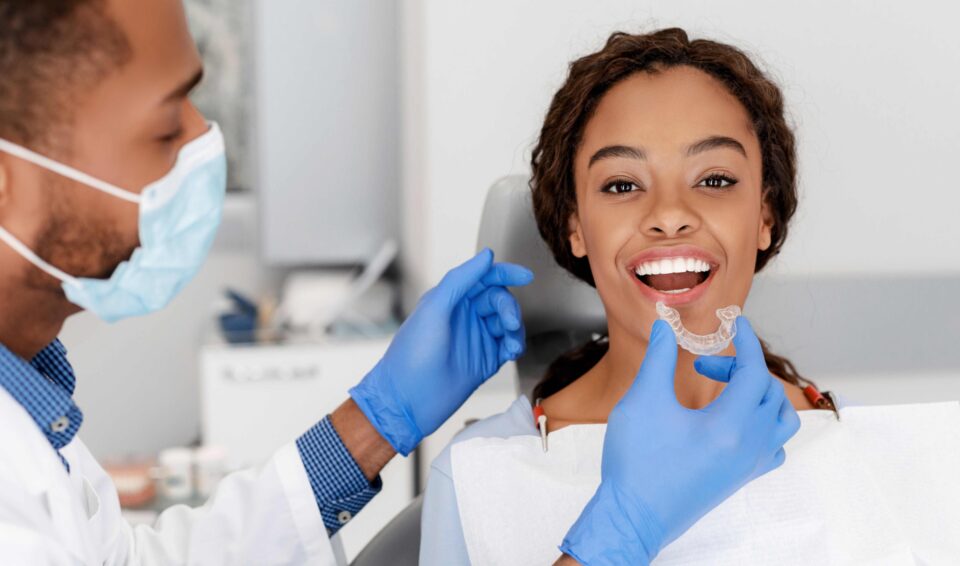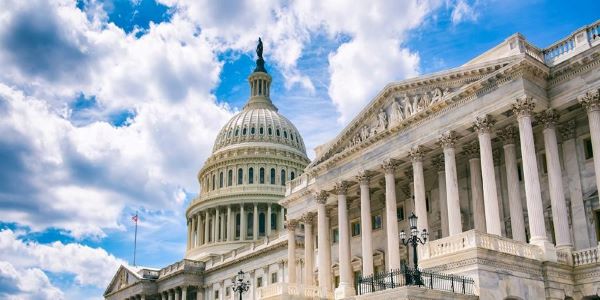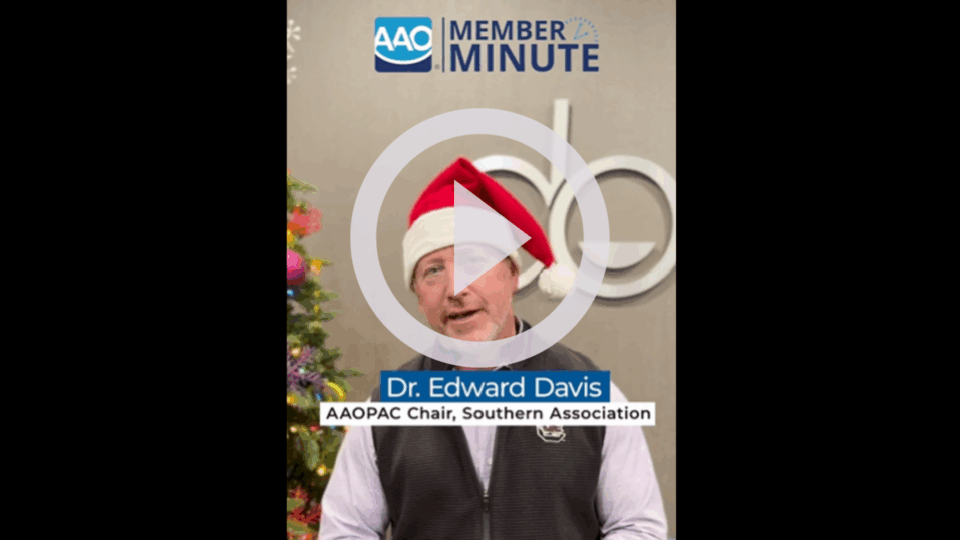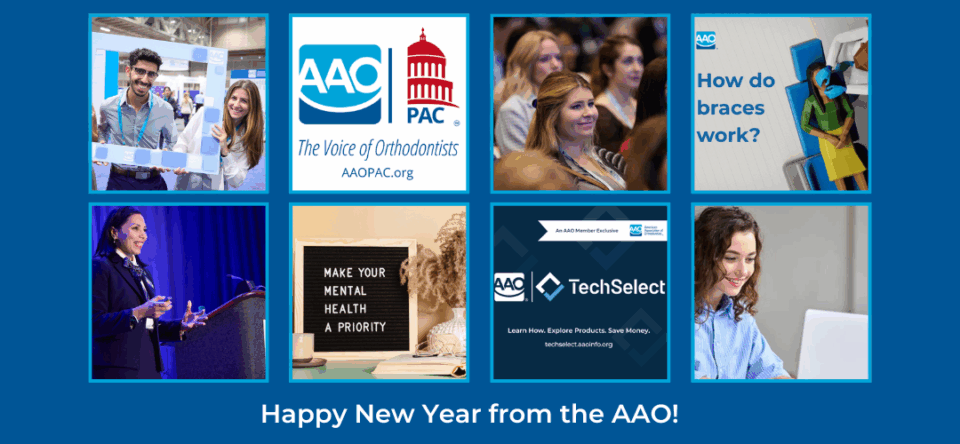The AAO has responded to the U.S. House of Representatives Ways & Means Committee’s recent request for input on policies to revitalize the U.S. healthcare workforce. The AAO and other stakeholders were asked to provide their expertise to improve patient access to care, especially in rural and underserved areas, and address barriers that prevent health care professionals at all levels from best providing health care services for patients.
The Committee is interested in solutions and policies that develop new providers and specialties in areas of the country where shortages are most acute, encourage providers to spend more time on patient care than paperwork, and ensure independent practice remains a viable option in a highly consolidated health marketplace.
The AAO’s letter to Chairman Jason Smith (R-MO) highlighted specific areas under the House Ways and Means Committee purview that are associated with the orthodontic workforce. The list includes student loan burdens, graduate medical education (GME), funding for dental residencies, and teledentistry concerns relating to mail-order orthodontic treatment models.
You can read the full AAO letter by clicking here.
The AAO emphasized in its letter to the Chairman an important difference between access to care and access to quality care. AAO believes there is an important role for home-based care to play in our healthcare system but has seen first-hand concerning trends in the orthodontic space, where companies attempt to supplant medical care that needs to be provided by licensed dentists.
The AAO remains concerned that the safety drawbacks associated with this unsupervised orthodontic care outweigh any potential improved access to care for Americans residing in rural and underserved areas. Ultimately, patient safety must be paramount in the delivery of any health care services.
The Impact of Student Loan Debt
The AAO also highlighted that student loan debt remains as a current, significant barrier for prospective health care professionals considering careers in specialty dental fields, specifically orthodontics. Orthodontists often must take out significant student loans to afford undergraduate education, dental school, and a post-dental school education. The average first-year orthodontist carries over $560,000 in student loan debt.
Many new orthodontists cite high student loan debt as playing a meaningful role in their decision to practice in urban and affluent areas, where they are more likely to earn a higher income to pay their student loan bills while supporting their families. This dynamic reduces access to medically necessary orthodontic care in rural and underserved areas and exacerbates existing health care disparities in the United States.
Add Your Voice to Advocacy for the REDI Act
Please help keep our advocacy momentum on this important issue by contacting your Members of Congress and asking them to co-sponsor and support the Residential Education Deferred Interest (REDI) Act (H.R. 1202) in the 118th Congress (the current Congressional Session, running through January 2025).
The REDI Act would provide interest-free deferment for borrowers in orthodontic residency. Deferment of interest will prevent students from being punished during their residency with higher debt balances and make options of serving in underserved areas more accessible and affordable, further perpetuating workforce shortages in areas of most need.
Additionally, please help support AAO Advocacy priorities including student loan debt relief by making a 2023 contribution at AAOPAC.org to help achieve our goals and finish the calendar year in the strongest position for maximum influence. AAOPAC is helping to fuel our advocacy success not only in Washington, D.C. but in states throughout the country as well. Our AAOPAC Pillars of Giving are working and the AAO’s advocacy influence continues to grow through AAO member grassroots engagement.
AAO Responds to Congressional Request on Healthcare Workforce Solutions
October 18, 2023


